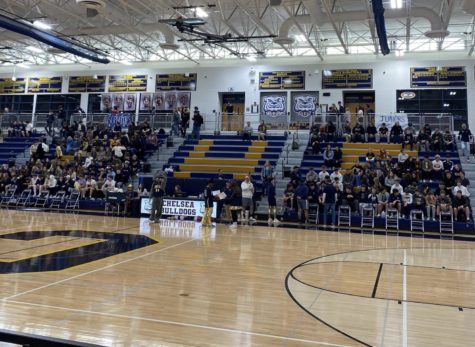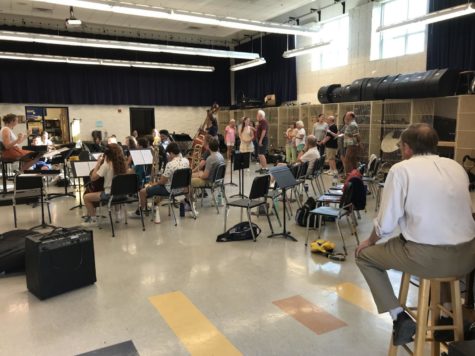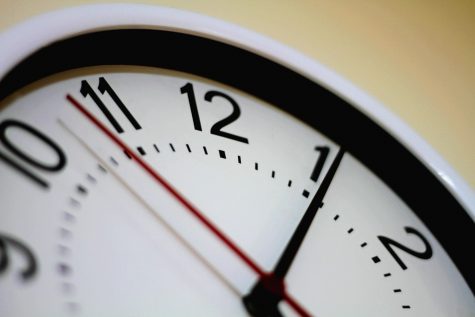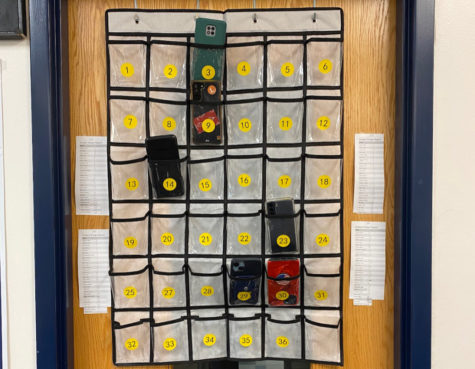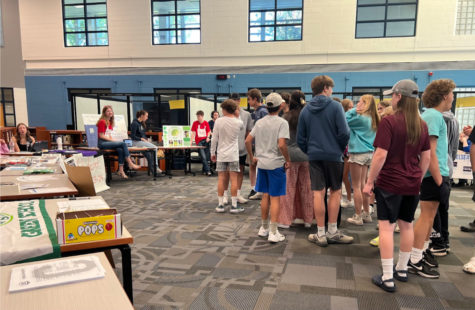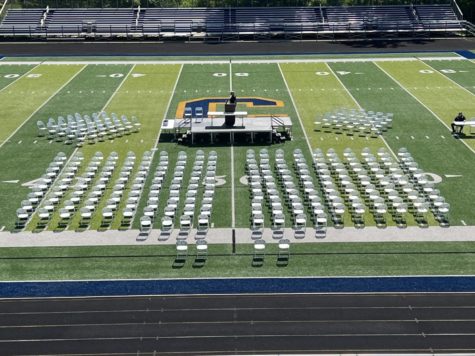The Other Side of Safe Sport Guidelines: What Are They and Why Are They important?
The connection between the coach and the athlete is one of the most important relationships in sports. Despite this connection being vital to the growth of student-athletes, there are certain guidelines that coaches must follow when it comes down to the safety of their athletes. Safe Sports Guidelines are an underlying part of every interaction between athletes and coaches, however, most student-athletes aren’t even aware these guidelines exist.
Safe Sports Guidelines are the rules that restrict the one on one interactions between athletes and coaches. One such guideline states that coaches are not allowed to have private conversations with athletes outside of the group setting at practices or games. This helps to prevent and raise awareness of sexual misconduct and prevents abuse of athletes.
All coaches are aware of these rules, but many athletes are in the dark when it comes to these rules.
“I’ve never heard about Safe Sport Guidelines,” sophomore basketball player Maggie McKale said.“But I believe that it’s important that the relationship between coaches and athletes is strictly for coaching.”
Athletes who have no prior knowledge of safe sports guidelines, raise the question of whether or not they need to be more advertised throughout the student community and whether or not this naivete could be a risk.
“I guess if only the coaches know about it, then they might not enforce it if they don’t want to,” cross country runner Eric Cameron (‘25) said. “So if students are made aware of it, then they can make sure that that doesn’t happen.”
While some athletes haven’t heard of these Safe Sports Guidelines, they support their establishment.
“My interactions with my coaches have always been very respectful and supportive and I believe they do a good job of meeting these requirements,” Cameron said. “I believe they’re important to make sure that there is no exploitation between coaches and athletes.”
Though coaches have guidelines for one-on-one time with their athletes, that doesn’t take away from the connections they have, just makes student safety the priority.
“I’ve always had great coaching relationships with my coach,” McKale said. “I always want them to be encouraging of my hard work and that makes me feel more comfortable.”



